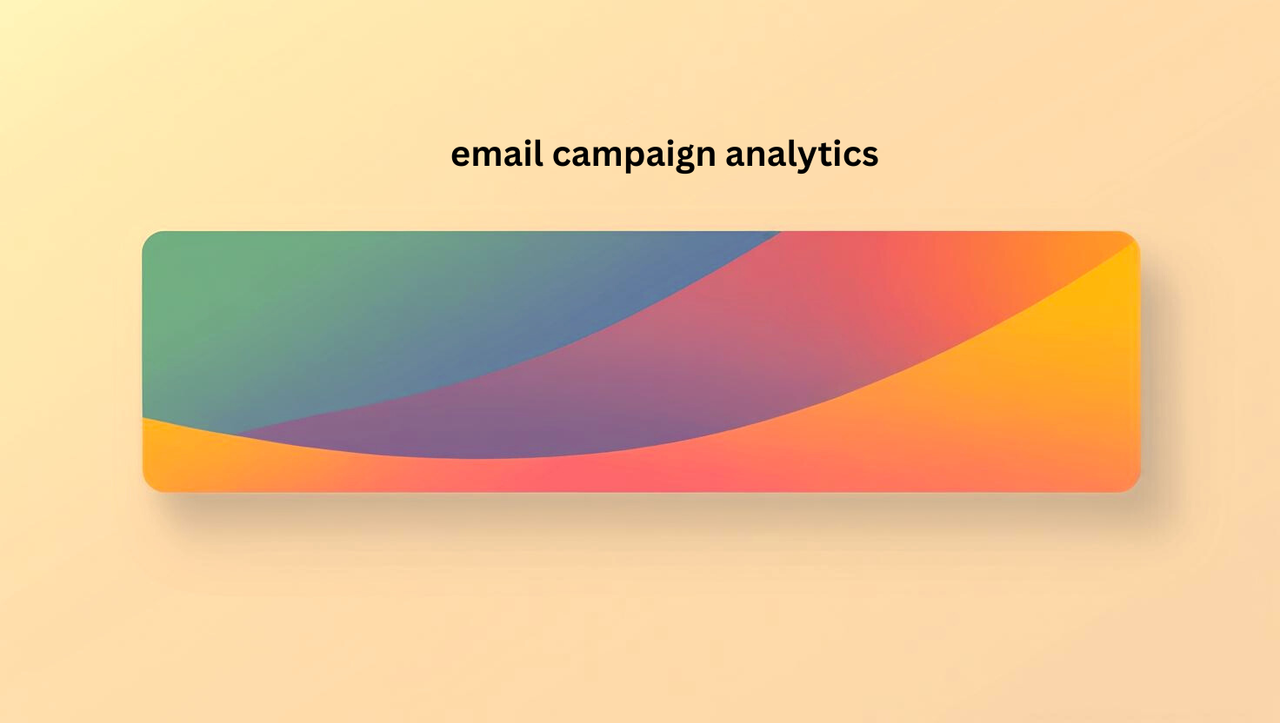It is super important that all the ideas and
words in this article are completely new taiwan phone number library and come directly from my own thoughts. We don't want to copy anything from other websites or articles because that's not helpful or honest. Search engines like Google really value original content. Also, when the writing is truly your own, it sounds more like a real person talking, which makes it easier for others to understand and connect with the information, even if they are in places like Ullapara. Therefore, we are going to explore the exciting world of email analytics in a simple and unique way.

The Most Important Numbers to Watch
When you look at your email analytics, there are a few key numbers that you should always pay attention to. First of all, there's the Open Rate. This number tells you the percentage of people who opened your email after it was delivered. A high open rate means your subject line was probably interesting and catchy. For example, if you sent an email to 100 people and 20 of them opened it, your open rate would be 20%.
Next, there's the Click-Through Rate (CTR). This number tells you the percentage of people who clicked on a link inside your email. A high CTR means your email content was engaging and the links were appealing. Furthermore, the Bounce Rate is also very important. It tells you the percentage of emails that couldn't be delivered. A high bounce rate might mean your email list has old or incorrect addresses. Consequently, paying attention to these three numbers gives you a good starting point for understanding how your emails are performing.
Why Knowing These Numbers is So Important
Knowing your open rate, click-through rate, and bounce rate is not just about seeing how well you are doing. It's about learning how to do even better. For instance, if your open rate is low, you know you need to work on making your subject lines more interesting. You can try asking a question or creating a sense of urgency. Likewise, if your click-through rate is low, you know you need to make your email's content more exciting or make your call-to-action buttons bigger and clearer.
Additionally, a high bounce rate tells you that you need to clean up your email list. Removing bad email addresses will help improve your overall deliverability. Moreover, knowing these numbers helps you test different things. You can send two versions of an email—one with a question in the subject line and one without—and see which one gets a better open rate. Therefore, analytics help you make smart decisions.
Other Useful Numbers to Look At
Besides the main three, there are a few other numbers that can give you even more information about your emails. First, there's the Unsubscribe Rate. This number tells you how many people opted out of your email list after getting your email. A high unsubscribe rate might mean you're sending too many emails or that your content isn't what your subscribers expected. Next, there's the Spam Complaint Rate. This number tells you how many people marked your email as spam. A high number here is a big red flag and means you need to fix something right away.
Furthermore, some tools can also show you how many people forwarded your email to a friend or shared it on social media. This is a great sign that your content is valuable and shareable. Therefore, by looking at all of these numbers together, you get a full picture of how your email campaign is doing and where you can make improvements.
How to Use Analytics to Improve Your Emails
So, you have all this data. What do you do with it? Basically, you can use this information to make your emails better and better over time. For example, if you see that emails about special discounts get a lot of clicks, you know your audience likes deals. You can then plan to send more emails like that in the future. Also, if you see that your emails sent on a Monday morning have a much higher open rate than those sent on a Friday afternoon, you know when the best time to send emails is for your audience in Ullapara.
Furthermore, you can use the data to create different groups of people on your email list. This is called segmentation. For instance, you could have one group for people who always open your emails and another for those who rarely do. Consequently, you can send different types of emails to each group to try and get them more engaged.
The Power of A/B Testing
One of the best ways to use email analytics is through A/B testing. This is a super simple but powerful technique. Basically, you take one thing you want to test, like a subject line, and create two different versions of it. For example, you could send one version of your email to a small part of your list with the subject line "Big News Inside!" and another version to another small part of your list with the subject line "You Won't Believe This!"
Afterward, you can look at your analytics to see which version got more opens or clicks. The winning version is then sent to the rest of your list. Moreover, you can A/B test other things too, like the main picture in your email or the color of your buttons. Ultimately, A/B testing helps you learn what your audience likes and dislikes, so you can make your emails more effective.